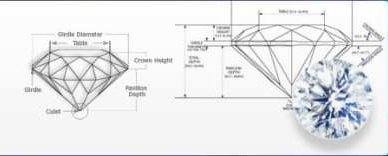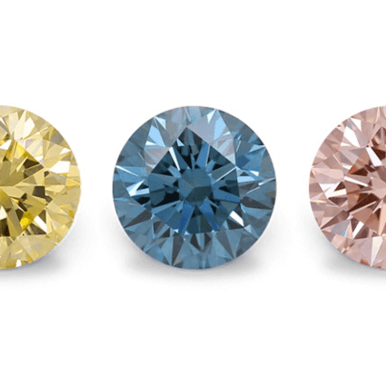Geographic Distribution of Lab-Grown Diamond Consumption
The proliferation of lab-grown diamonds (LGDs) has fundamentally reshaped the diamond industry. LGDs possess identical physical and chemical properties to their mined counterparts, offering a demonstrably ethical and ecologically sustainable alternative. This article explores the geographic distribution of LGD consumption, with a particular focus on the Asia-Pacific region.
While the United States boasts a well-established retail infrastructure and a demonstrably enthusiastic consumer base for LGDs, the Asia-Pacific region currently reigns supreme in terms of overall consumption. According to a report by The Brainy Insights, this region accounts for a commanding 42.4% share of the global LGD market.

Several factors contribute to this dominance. Firstly, the Asia-Pacific region has emerged as a leading center for LGD production. China, a key player in this domain, leverages its advanced technological capabilities and well-developed infrastructure to cultivate these stones at cost-effective rates.
Secondly, the burgeoning middle class within the Asia-Pacific region, particularly in countries like China and India, exhibits a heightened demand for luxury goods. LGDs present an attractive value proposition, enabling the acquisition of dazzling gemstones at a price point significantly lower than traditionally mined diamonds.
It is crucial to note that the application of LGDs extends beyond the realm of jewelry. Their exceptional hardness and thermal conductivity make them highly sought-after for industrial applications, including precision cutting tools and heat sinks in electronic devices.
In conclusion, the Asia-Pacific region stands out as the preeminent consumer of LGDs globally. This dominance is likely attributable to a confluence of factors, including a robust production base, a rapidly expanding middle class with a growing appetite for luxury goods, and the inherent versatility of LGDs across both jewelry and industrial applications.














